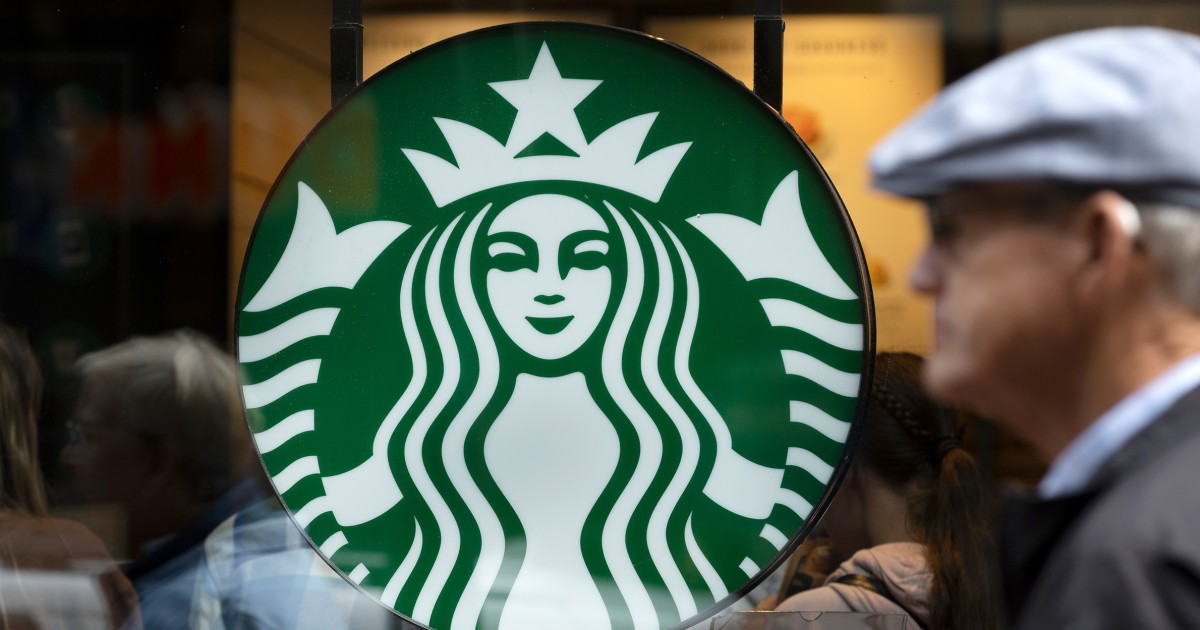Baristas Strike Over New Starbucks Dress Code Policy Change
The strike is part of a larger effort by Starbucks employees to negotiate better working conditions and greater autonomy in their attire, with the union pushing for a more inclusive and flexible dress code policy that reflects the diversity of the company's workforce. The code of conduct for employees is a key issue in the dispute, with the union arguing that it should be subject to collective bargaining.

Starbucks baristas in over 120 US stores have gone on strike to protest the company's new dress code, which restricts employees to wearing only solid black shirts and specific denim colors under their green aprons. The union representing the workers, Starbucks Workers United, claims that the new dress code should be subject to collective bargaining and that the company is prioritizing aesthetics over worker input.
The strike, which has affected over 2,000 baristas, is a response to the company's decision to implement a new dress code without consulting the union. The previous dress code allowed for a broader range of dark colors and patterns, giving employees more flexibility in their attire. The union argues that the new dress code is an attempt to exert control over employees' appearance, rather than prioritizing their input and well-being.
Starbucks claims that the strike has had a limited impact on its operations, with more than 99% of its stores remaining open. However, some stores have closed for less than an hour due to the strike. The union has also filed a complaint with the National Labor Relations Board, alleging that the company failed to bargain over the new dress code. This complaint is a significant development in the dispute, as it raises questions about the company's obligations to engage in collective bargaining with its employees.
As the strike continues, it remains to be seen how the company will respond to the union's demands. The dispute highlights the ongoing tensions between Starbucks and its employees, who are seeking greater input and control over their working conditions. The outcome of this dispute will have significant implications for the company's relationships with its employees and the broader labor movement.